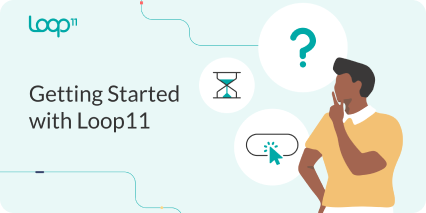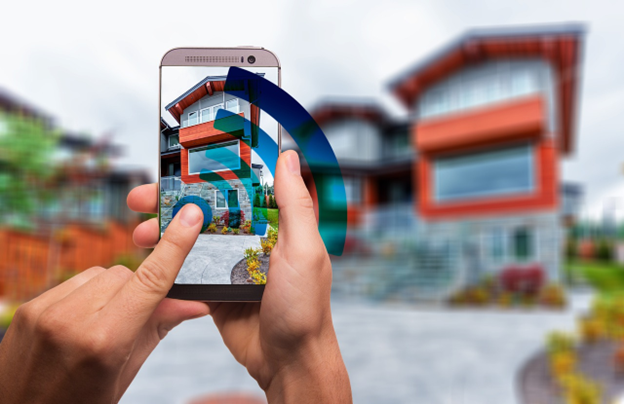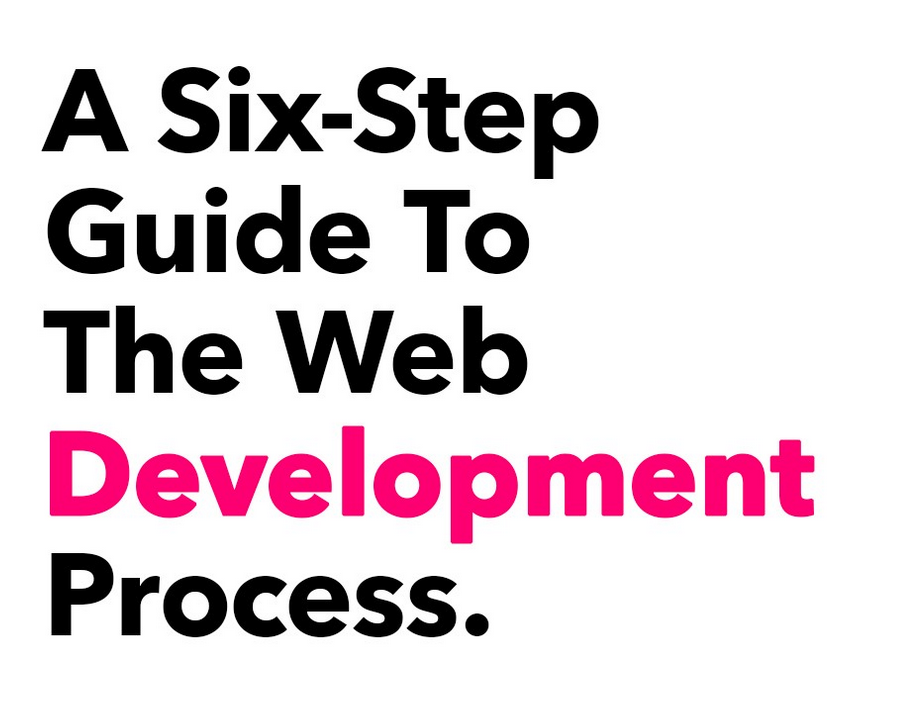Offering a seamless user experience requires you to have a thorough understanding of the user journey and user flow.
The two terms may seem similar. But, they differ and represent a different purpose when it comes to achieving the set goals.
User journey and user flow play a critical role when you strive to optimize the experience you offer.
You leverage them to design a user experience that meets the expectations of the intended audience. Plus, they help you conduct an evaluation to identify the room for improvement.
The core difference between the two encompasses the insights they help you access. Also, the focus of the two differs.
An assessment of a user journey is a holistic approach. It gives you a broad view of the user experience you offer through different platforms.
But, user flow focuses on the tasks that users perform leveraging your solutions. The actions they take to perform these tasks create a distinct pathway.
In this article, we will discuss user journey vs. user flow. Plus, we will highlight their importance in designing an enhanced user experience.
What is a User Journey?
The user journey encompasses a series of steps for a user to achieve a particular goal. These steps involve brand or product interactions.
It tells about a user’s experiences with a brand of choice across various touchpoints. It also covers what a user witnesses while accessing information to make a decision. These touchpoints that make your entire journey may vary from one use case to another.
For example, if you want to host a virtual meeting, you will have to go through different stages to make it happen.
You have to conduct thorough research to find suitable alternatives. You may try to access relevant information through different channels. The information sources may include search engines, social media, referral sources, and more.
Next, you will shortlist the alternatives and pick the ones that you think align with your goal. You will assess the capabilities that solutions offer and make a buying decision.
You will learn how to use the tool and schedule an online meeting. It’s when you have finally achieved your goal. To achieve this goal, you encounter different touchpoints, which structure your entire journey. But, it’s not where your journey ends.
There’s still a possibility for you to consider other alternatives. Your experience with the solution you currently use dictates that.
If you are unhappy with your choice of solution, you may decide to switch. It may restart the journey all over again. But, if you are happy with the experience, you may transition into the stage of brand advocacy.
What is User Flow?
A user flow comprises users’ interactions with a solution to achieve their goals. It encompasses a series of steps to perform a particular task using the solution of choice. The steps create a path that leads you to the achievement of a very specific objective.
For example, if you want to buy something online, the user flow will start when you visit the website. Hence, website findability plays a huge role in the process.
You may explore different products that pique your interest. Next, you go through the testimonials to learn about the experiences of others.
Based on the information, you may decide to add an item to the cart. Now, you may choose to make a payment to buy the product or exit the site.
The journey portrays you as the user of an e-commerce platform. Your goal is to buy the intended product online.
The action of completing the transaction shows that you achieved your goal. The action of exiting the site indicates interruptions to completing the task.
The Importance of User Journey and User Flow for UX
Both user journey and user flow have their significance. You can’t expect to survive in the competitive landscape by focusing on the one and ignoring the other.
Improving the user journey means identifying the problem areas and minimizing the friction. You strive to make it easy for your target audience to transition from one stage to the next.
Your aim here is to stand out from other alternatives in the industry. So, you provide easy access to useful information to cultivate trust and authority.
Embracing a people-centric philosophy is the key to success here. It allows you to be familiar with the pain points of the intended audience. As a result, you provide them with useful information to achieve their goals. So, having a well-thought-out information architecture is a must.
It helps you establish a strong bond with your audience. You become able to convince them to prefer what you offer compared to other options they have.
But, the journey doesn’t end here. You make sure that the users leverage the solutions you offer to their fullest. It leads them to be happy with the experience you offer.
It ensures that they will end up staying. Plus, they will likely recommend your solutions to their friends or family.
Improving user flow means ensuring that you offer an enhanced experience to users. You leverage benchmarking to see how your solutions perform compared to other alternatives. Plus, you conduct user testing to identify the issues users may encounter.
A seamless user flow facilitates retention and fuels social proof. Satisfied users are likely to recommend your solutions to others.
User Journey vs User Flow
We have discussed the user journey and user flow in detail. Now, let’s explore the key differences.
- A user journey is a process that an individual goes through to pick a fitting solution and make the most of it.
- A user flow encompasses all the steps that a user takes to execute a particular task using the solution.
The user journey has a broad focus. It covers the experience of an individual to be a user of a particular product or service.
The user flow has a narrow focus. It showcases the experience of a user learning to make the most of a product or service and use it to solve a problem.
The user journey encompasses various touchpoints. Plus, it caters to brand interactions through a variety of information channels. A user flow tells you how a user interacts with a particular product or service in different ways.
A user journey enables you to assess your audience’s sentiment concerning your brand and alternatives. Moreover, it covers the actions they take to pick one that best serves their needs.
A user flow represents the satisfaction level of users when using the product or service. It tells you how easy or difficult it was for users to perform specific tasks using the solutions.
To visualize a user journey, you can leverage journey maps. For a user map, you can use a task diagram or a flow chart.
Final Words
If you wish to outmaneuver your competition, you need to optimize your user journey and user flow. It helps you ensure lasting relationships with your audience and fuel social proof.
The concepts may seem similar, but each one holds its significance. An enhanced user journey makes it easier for your audience to prefer your offerings.
A seamless user flow convinces your audience to stay loyal. Plus, they are more likely to recommend your solutions to others.
- 7 Tips to Write User Experience Questions - March 17, 2025
- User Journey vs. User Flow: Differences and Their Importance for UX - February 4, 2025
- Graphic Design to UX Design: An Ultimate Guide to Transitioning - December 30, 2024
![]() Give feedback about this article
Give feedback about this article
Were sorry to hear about that, give us a chance to improve.








